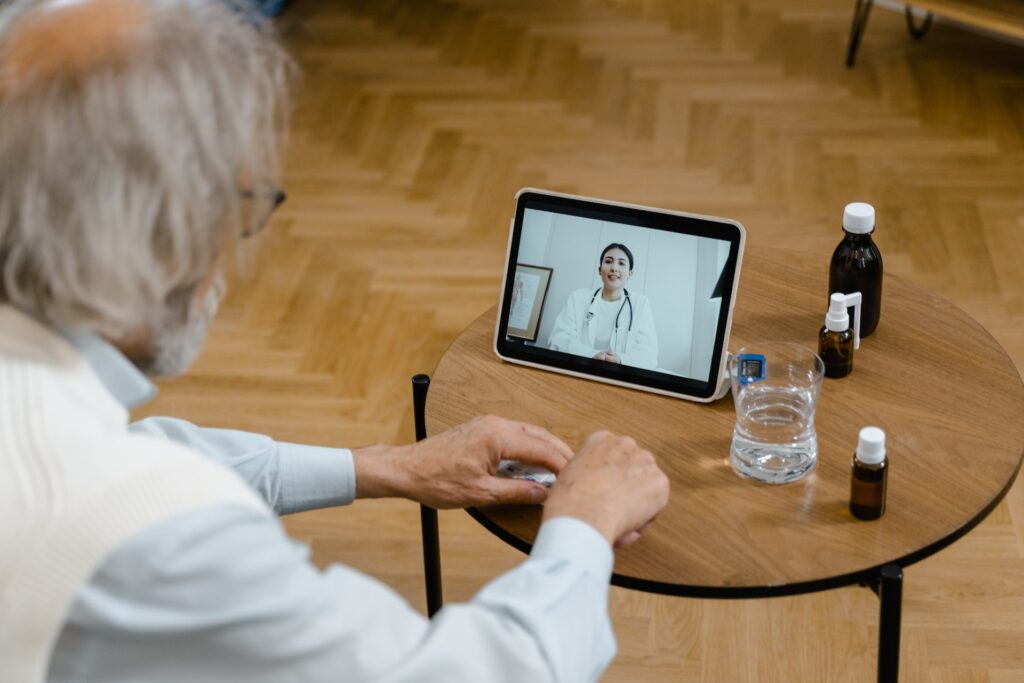Internet speeds have a significant impact on various aspects of our daily lives, including telemedicine. Telemedicine, also known as telehealth, refers to the delivery of healthcare services using telecommunication technology, such as videoconferencing, remote monitoring devices, and online portals. In recent years, telemedicine has gained popularity due to its convenience and accessibility, especially for patients living in rural or remote areas. However, telemedicine relies heavily on internet speeds, and a slow internet connection can hinder its effectiveness. In this article, we will explore the relationship between internet speeds and telemedicine and discuss some interesting numbers and trends.

The Importance of Internet Speeds in Telemedicine
Telemedicine involves real-time communication between healthcare providers and patients, which requires a reliable and fast internet connection. Slow internet speeds can result in buffering, delays, and poor video quality, which can affect the quality of care provided to patients. In some cases, slow internet speeds may even lead to medical errors or misdiagnosis, which can have severe consequences. Therefore, it is crucial to have a fast and reliable internet connection for telemedicine to be effective.
Interesting Numbers and Trends
According to a report by the Federal Communications Commission (FCC), broadband speeds of at least 25 Mbps download and 3 Mbps upload are necessary for telemedicine services. However, not all areas in the United States have access to such high-speed internet. The FCC estimates that approximately 21 million Americans lack access to high-speed internet, which can affect their ability to access telemedicine services.
Moreover, a survey conducted by Software Advice found that 56% of patients who used telemedicine services reported experiencing technical difficulties, such as poor internet connection, during their virtual visits. The survey also found that 24% of patients who used telemedicine services were concerned about the quality of care they received compared to in-person visits.
On the other hand, telemedicine has shown promising results in improving healthcare outcomes for patients. According to a study published in the Journal of Medical Internet Research, telemedicine has been found to be effective in managing chronic diseases such as diabetes, heart failure, and asthma. The study also found that telemedicine improved patient satisfaction and reduced hospital readmission rates.
Best Practices for Telemedicine Providers
To ensure the effectiveness of telemedicine services, healthcare providers should follow best practices that prioritize internet speed and connectivity. Here are some best practices for telemedicine providers:
- Conduct a speed test: Telemedicine providers should conduct speed tests to ensure that they have a fast and reliable internet connection. They should also conduct speed tests for their patients to ensure that they have sufficient internet speed to participate in telemedicine visits.
- Provide technical support: Telemedicine providers should provide technical support to their patients to ensure that they can access and use the telemedicine platform without any issues.
- Use secure and reliable telemedicine platforms: Telemedicine providers should use secure and reliable telemedicine platforms that comply with privacy and security regulations, such as HIPAA.
- Offer alternative options: Telemedicine providers should offer alternative options, such as phone calls or in-person visits, for patients who do not have access to high-speed internet or experience technical difficulties during virtual visits.
Telemedicine has become an essential component of healthcare services, especially during the COVID-19 pandemic. However, the effectiveness of telemedicine relies heavily on internet speeds, and a slow internet connection can hinder its effectiveness. Therefore, it is crucial for healthcare providers to ensure that they have a fast and reliable internet connection and follow best practices to provide high-quality telemedicine services. As internet speeds continue to improve, telemedicine has the potential to revolutionize healthcare and improve healthcare outcomes for patients worldwide.